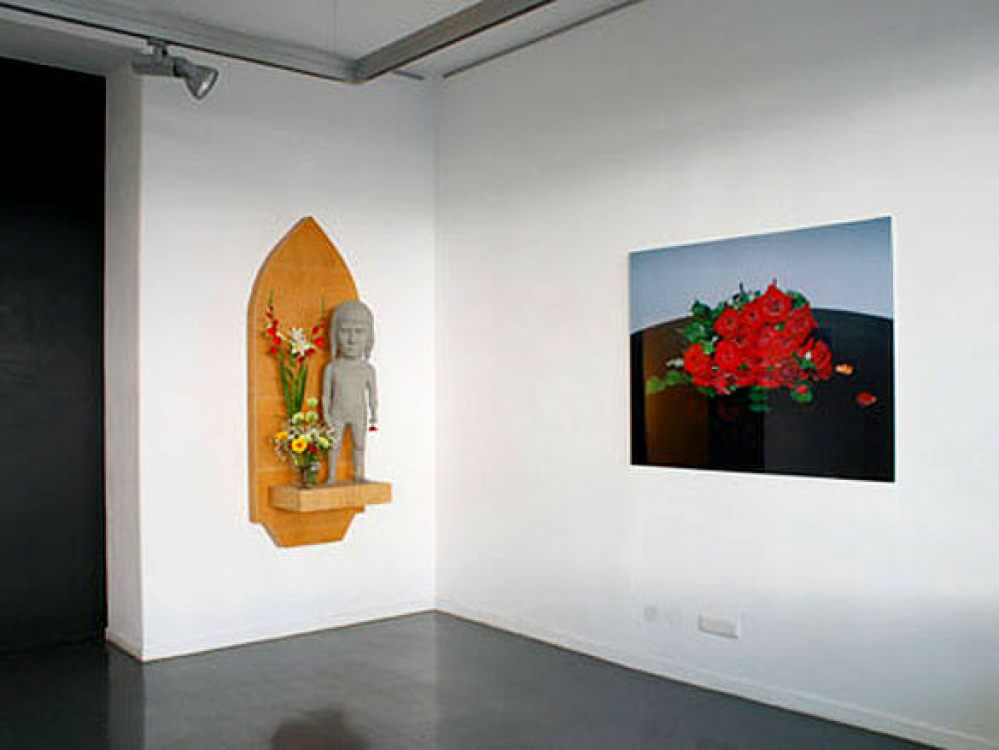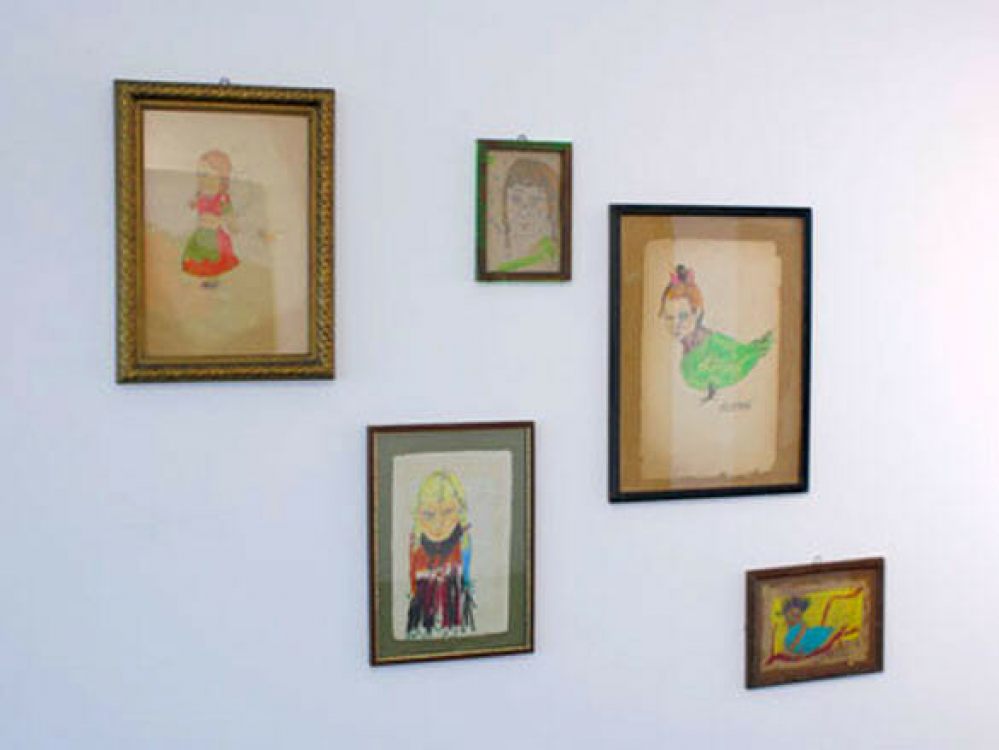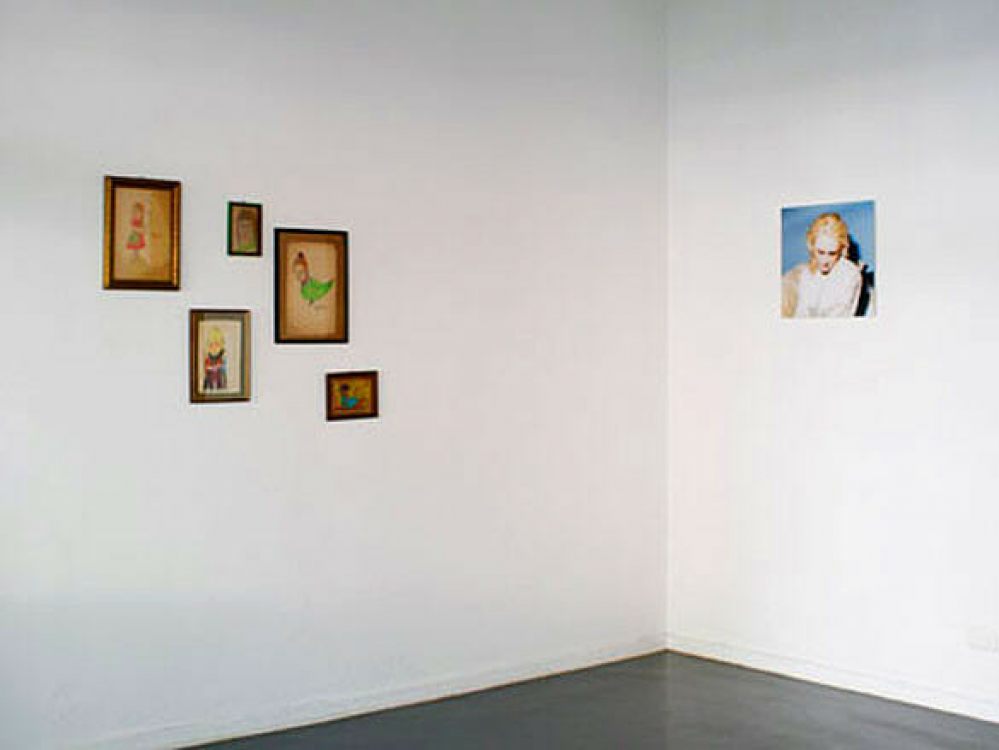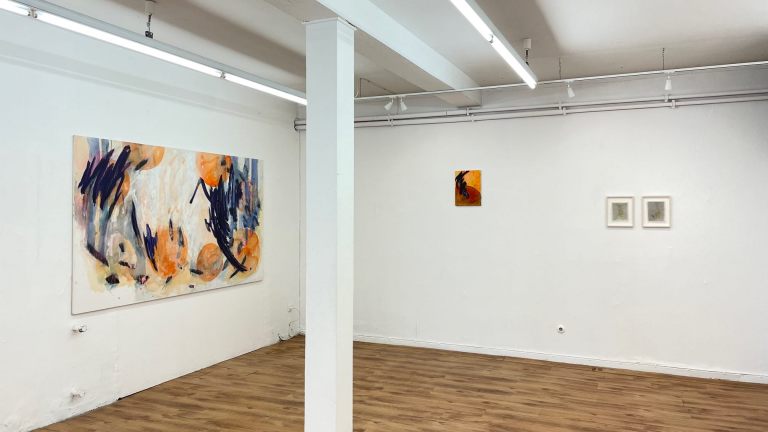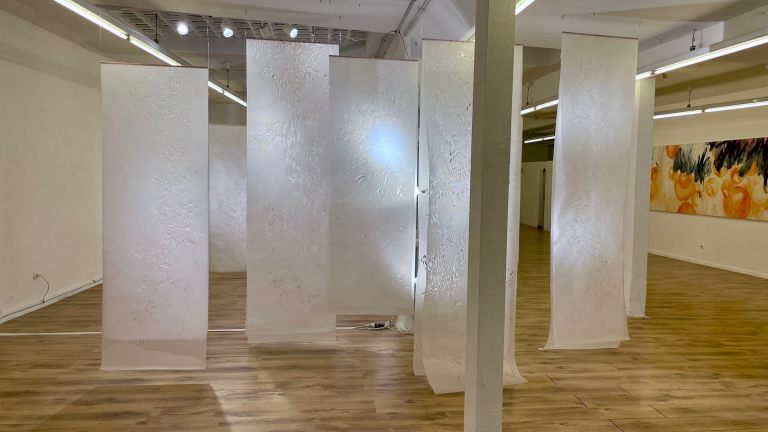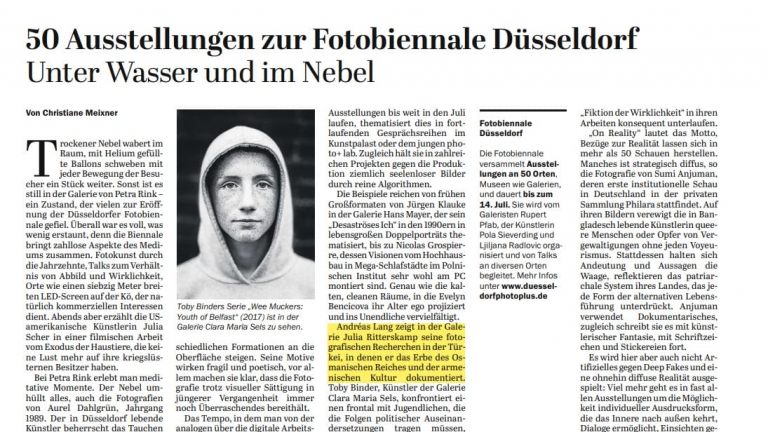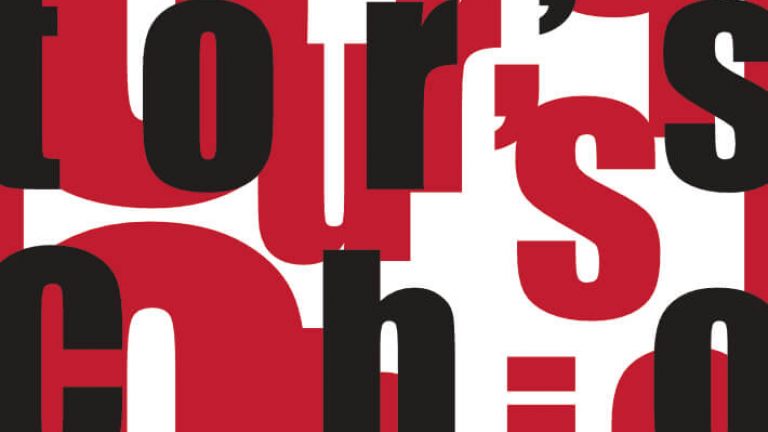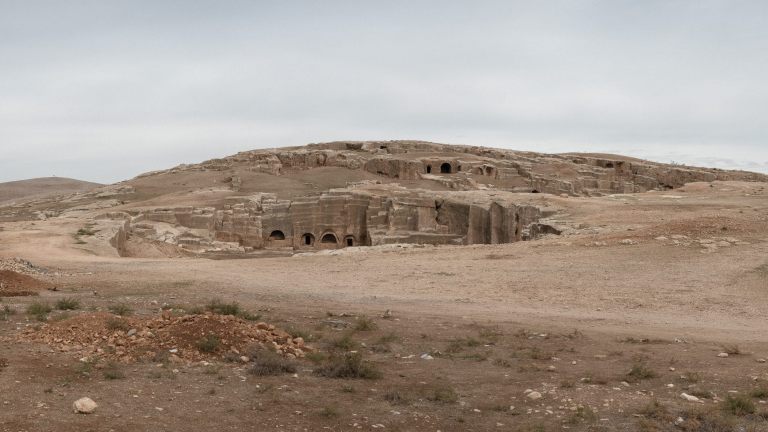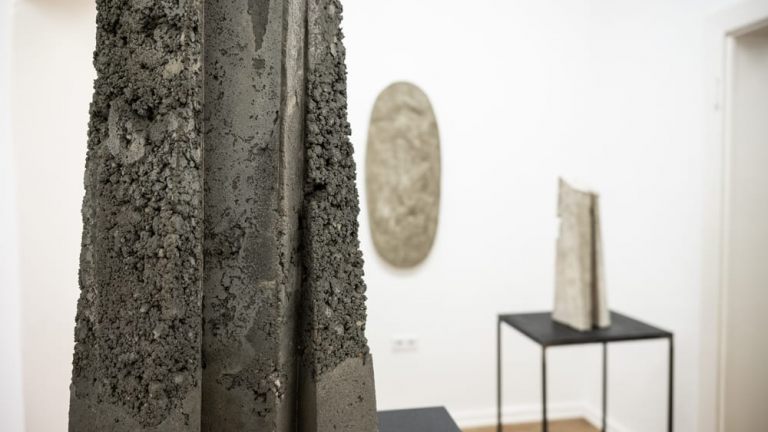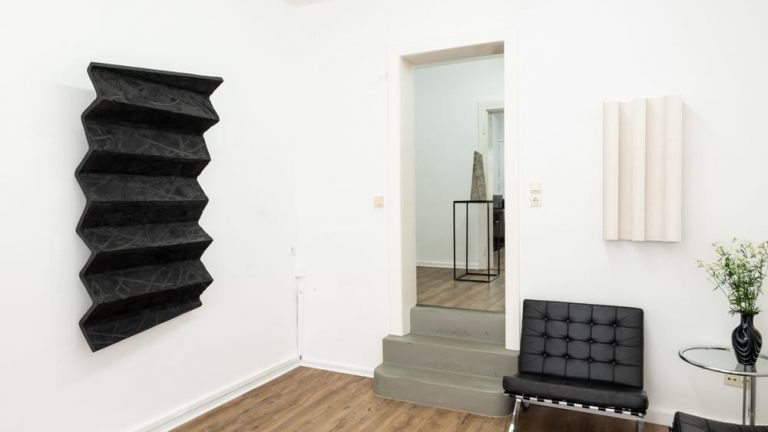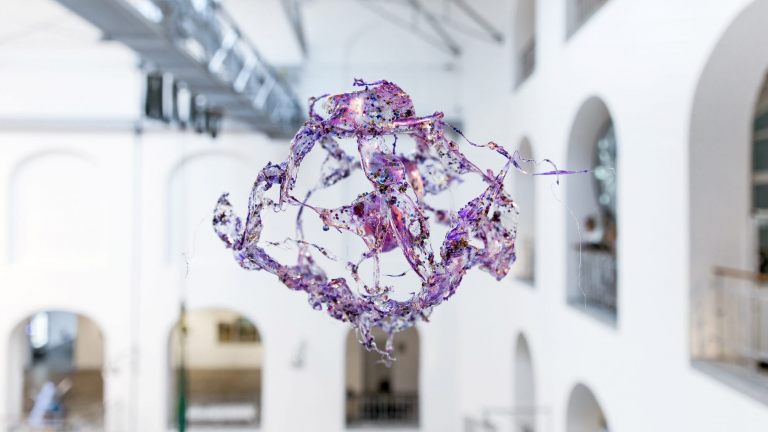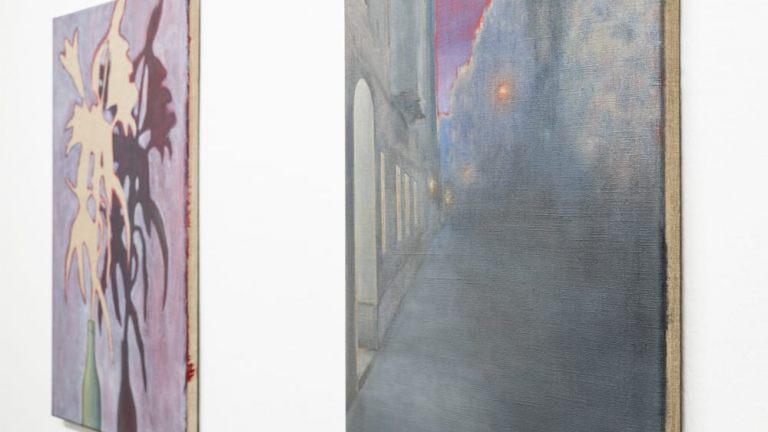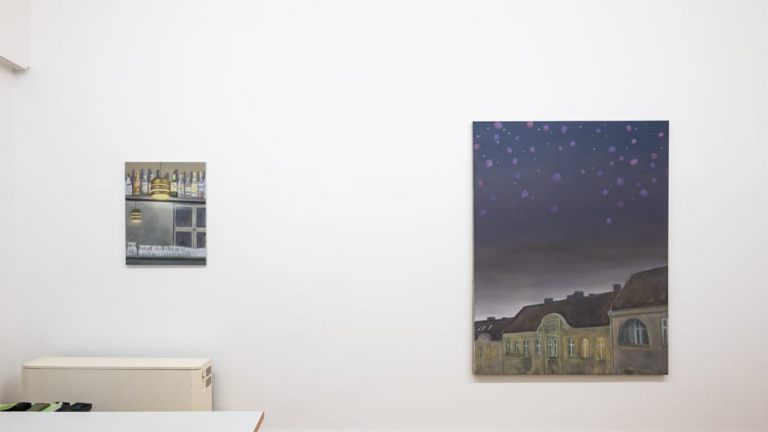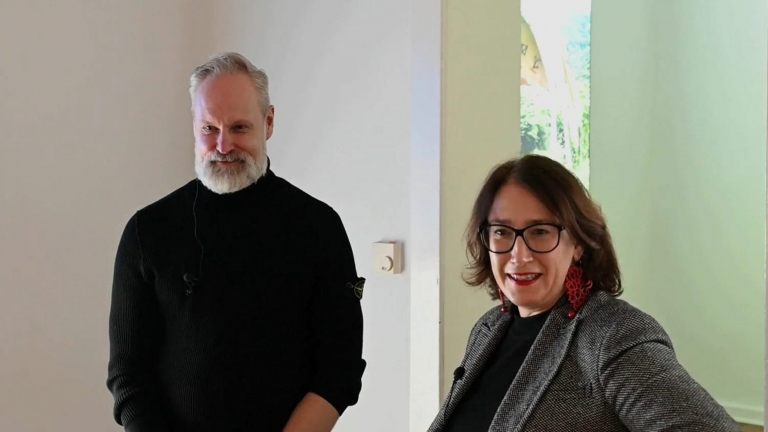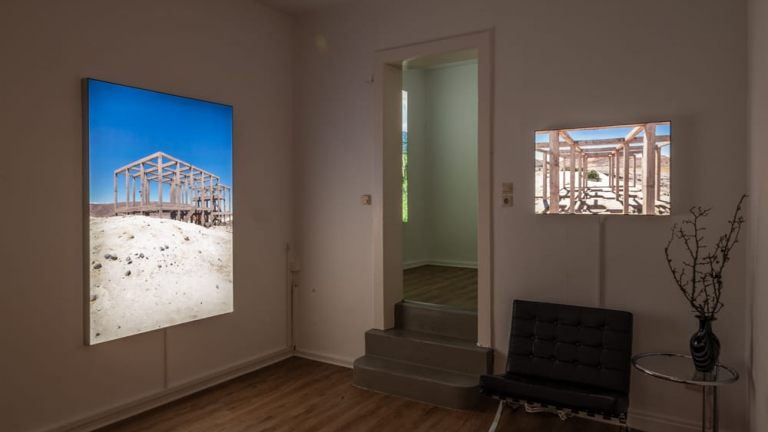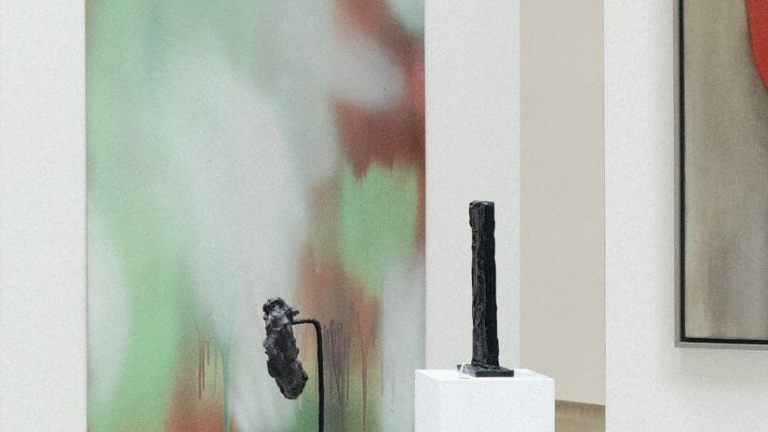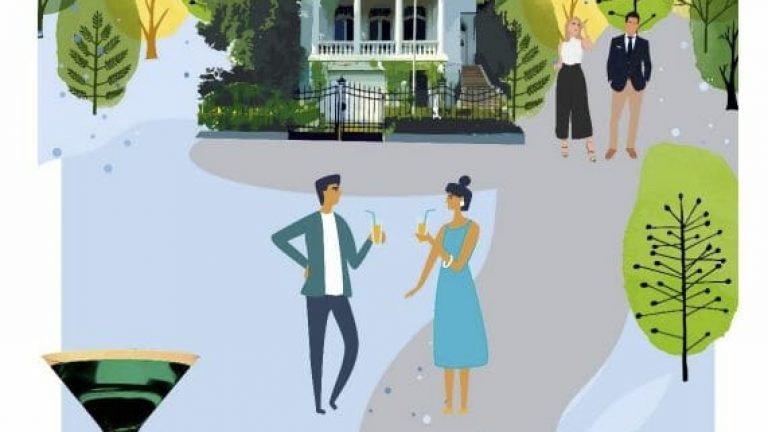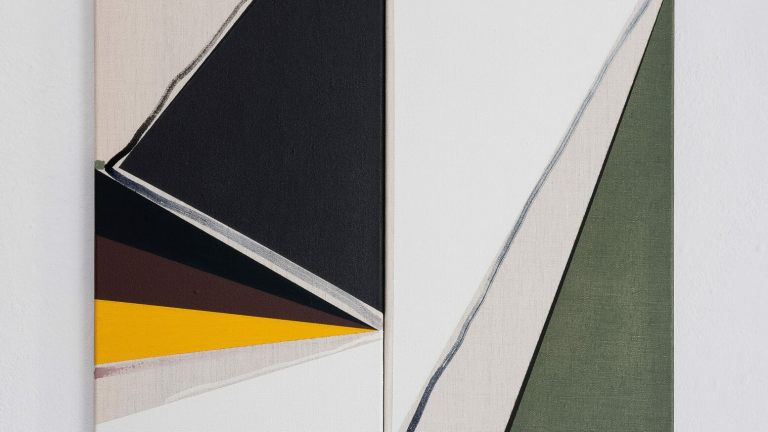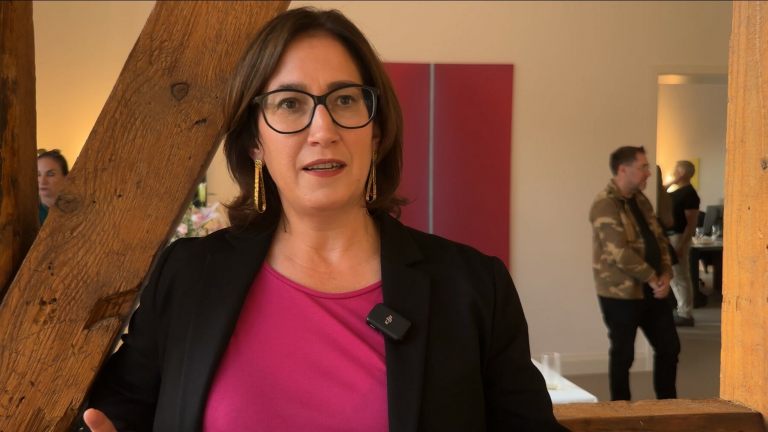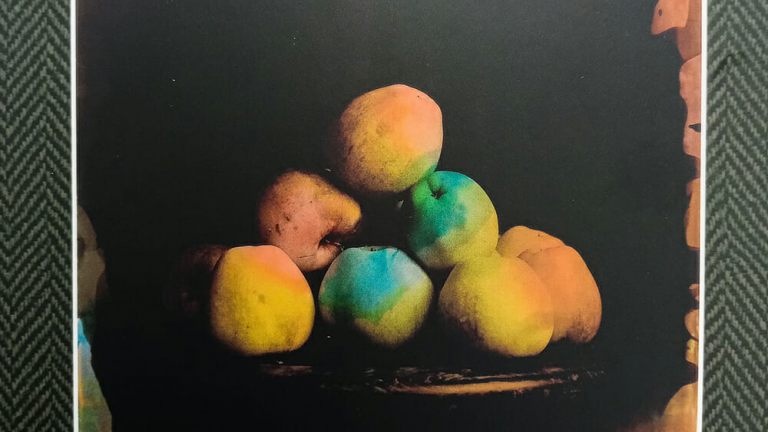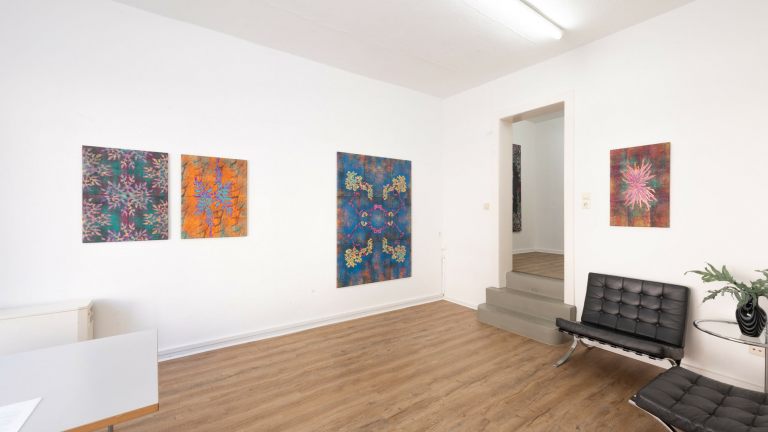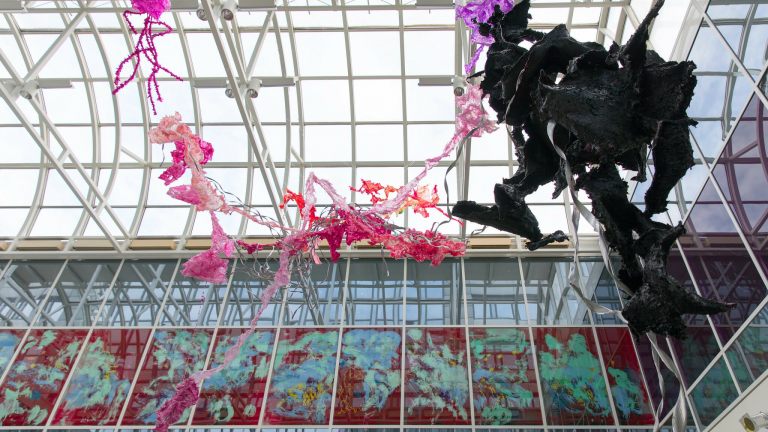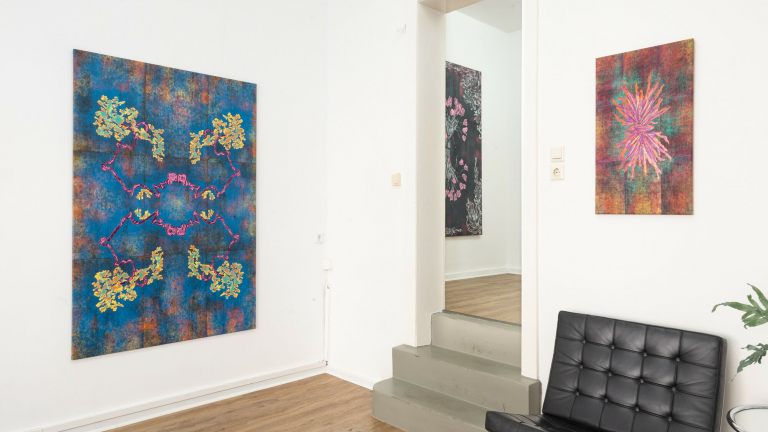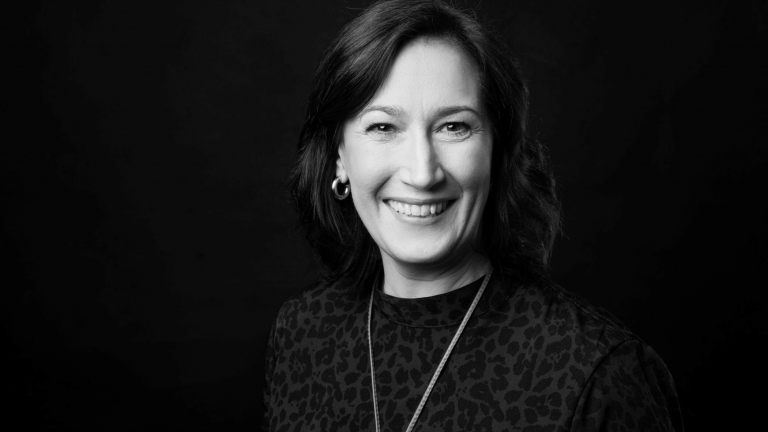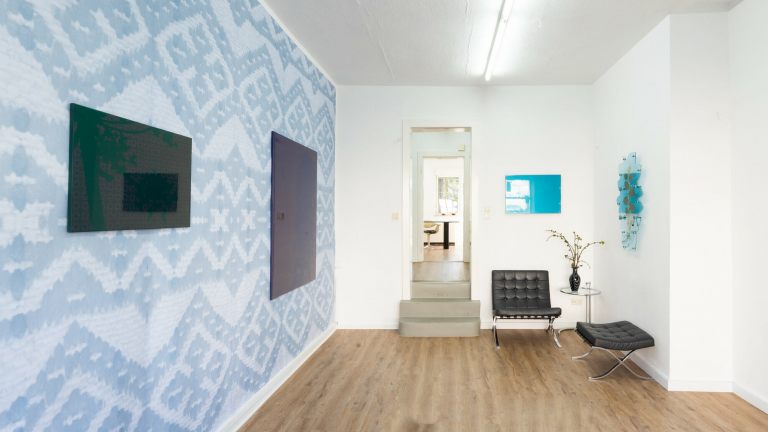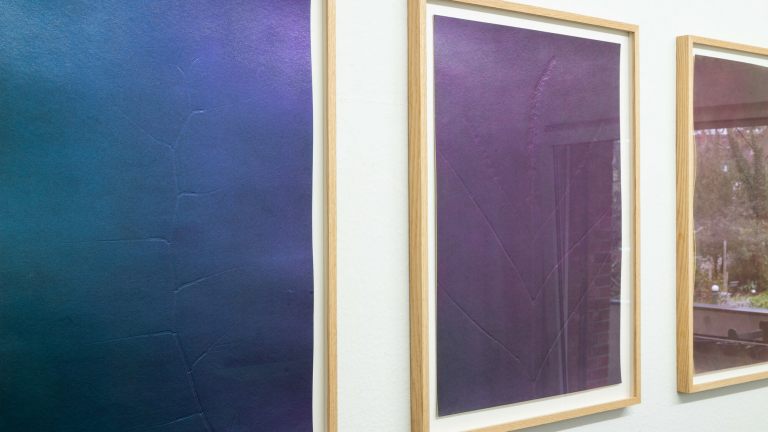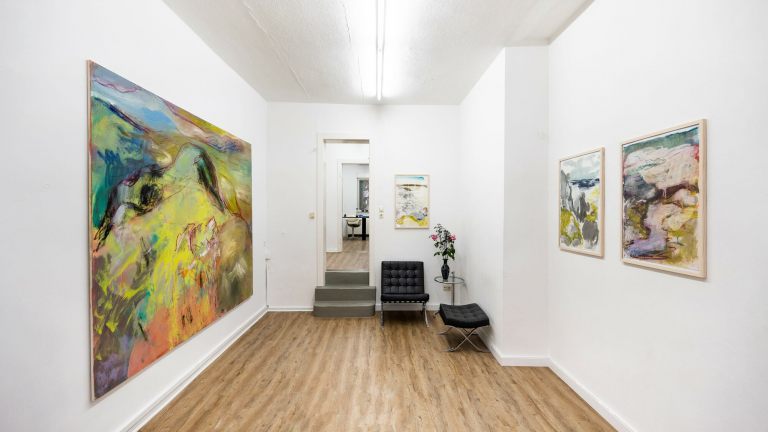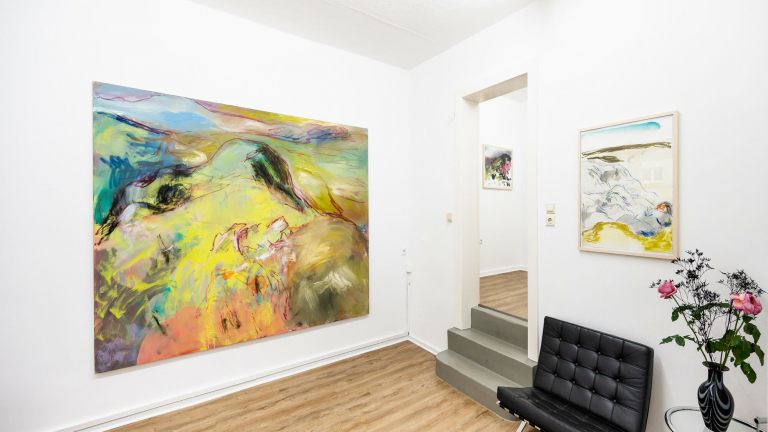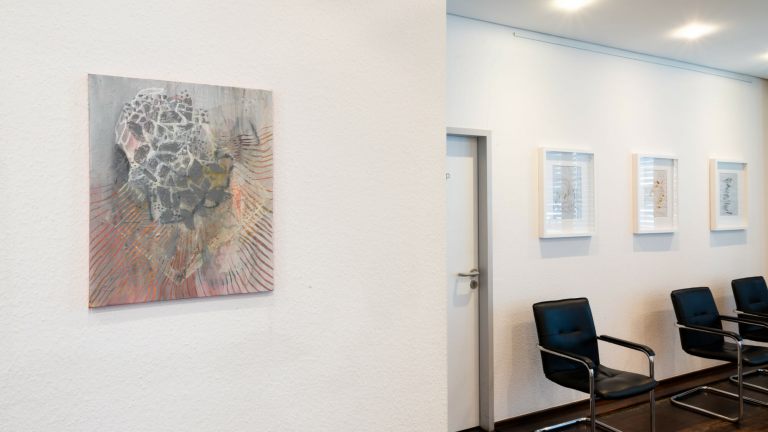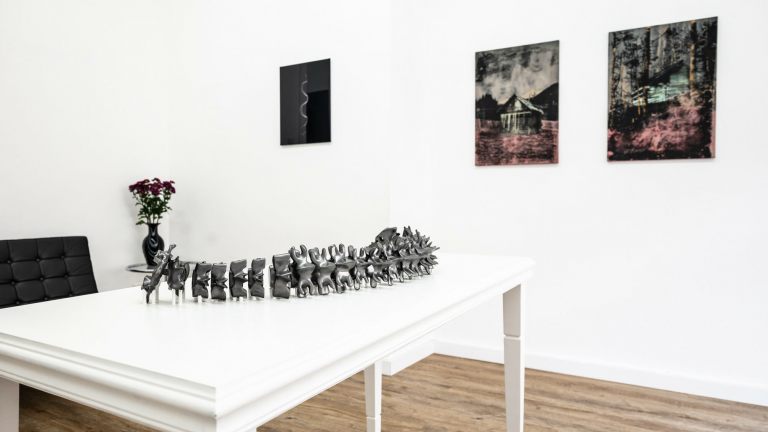broken blossoms - Heike Kabisch und Michael Koch
22.08.2009 bis 07.10.2009 / Haufekonzept / Luxemburgerstraße 263 • Köln
Vernissage 21.08.2009, 18:30-12 Uhr
Flowers. Not the pretty, harmless spring bouquet variety, but indulging, sultry-smelling, meaty and symbolically charged.
Featuring the positions of Heike Kabisch and Michael Koch, the exhibition Broken Blossoms carries on the art-historical tradition of flower depiction in a very unconventional way.
The title contains contradictions—and contradiction is a criterion that unites the works of both artists. Heike Kabisch and Michael Koch lead the viewer on journeys that often turn out to be wrong ways and cul-de-sacs. They play with the notions of beauty and ugliness, conceptions of gender-specific and social roles, of reality and dream. Both artists sound out limits in their works—including in those with so-called “good taste”.
The depicted persons as well as the still-lifes radiate something broken but communicate a certain strength at the same time. Beaten down by life, the protagonists rise again like a phoenix from the ashes, cleansed and more vigorous than before. It is a kind of strength resulting from one’s decision to travel the unbeaten path, to become lost in the darkness, wade through the quagmire, climb mountains and, finally, from having one’s efforts rewarded with experiences and outlooks that remain foreign to the clearly demarcated trails.
A transcendental theme is thereby evoked, although it remains unclear if redemption will occur in this or in the next life.
Broken flowers. In the German cultural circle, one thinks immediately of the song text from Johann Wolfgang von Goethe:
“Saw a boy a little rose, little red rose on the heath, young and lovely like the morning. So he ran to have a close look at it (…)
Said the boy: I will pick you, my red rose on the heath! Said the rose: I will prick you and I won't stand it, and you won't forget me. (…)
And the rough boy picked the rose, little red rose on the heath, and the red rose fought and pricked,
yet she cried and sighed in vain, and had to let it happen. (…)”
There are many other examples for the use of the concept of broken flowers: a song by Dusty Springfield, a tragic silent film, all the way (rather profanely) to an episode title from the TV series “Tatort” with Horst Schimanski.
Many associations—mostly sexual—come to mind. Beauty that has been violently interrupted in its unfolding. Delicateness that hasn’t weathered the storm. Unattained possibility. An eternal battle between innocence and brutality. Interactions between Eros and Thanatos.
Heike Kabisch and Michael Koch also individually apply the traditional motif of the flower in their artistic media: blossoms are photographically incorporated into a scene while real flowers are used as part of a sculptural installation.
At first glance, the viewer notices the opulence of the real and depicted materials: flowers, fur, glistening lacquer, diamond-like dewdrops. On the other hand, both artists hold themselves back in the application of their methods and thus construct a fully individual tension between abundance and rigour: the sculpture drafted by Heike Kabisch, which stands in an apparently religious tabernacle surrounded by fragrant blossoms, remains untouched by colour. The shrine is not decorated but exists in a purely functional form.
In his works, Michael Koch revels in lavish materialism. If one takes a closer look, the strictness of the composition behind the depicted work becomes evident.
In these works, stories aren’t explicitly told but might be deducted. The works of Michael Koch and Heike Kabisch contain diverse possibilities for interpretation; they evoke feelings without locating them.
In opposition to the trend in art since 1945 towards not naming works in order to avoid preconceived interpretations, most of the works from Heike Kabisch and Michael Koch are given titles. However, these were selected so as to play with notions and citations of art, history and pop culture, but also in order to evade obvious definitions.
For both Heike Kabisch and Michael Koch, there exists a close dialog between artist and model: the models are almost exclusively family and friends. However, this does not create a private iconography—in contrast to other contemporary artists. Instead, the works take on the exploration of human facets and the depiction of generally applicable but ambiguous emotional conditions.
In this way, the artists’ works challenge the viewer both emotionally and intellectually.
Accept the invitation to take on this challenge!
